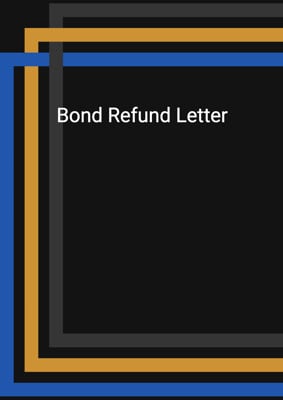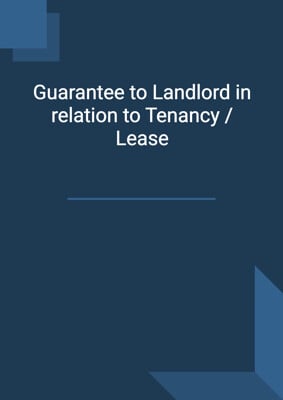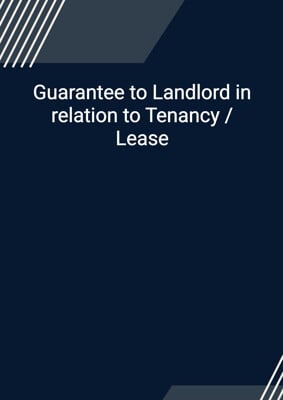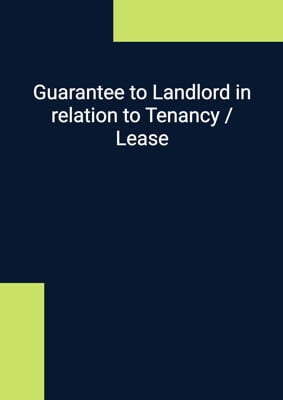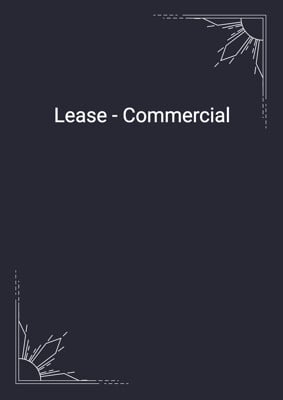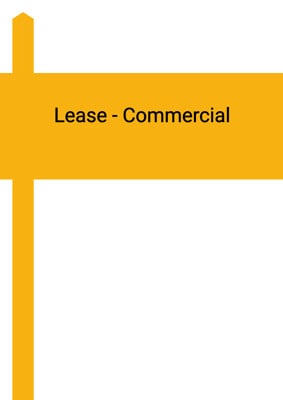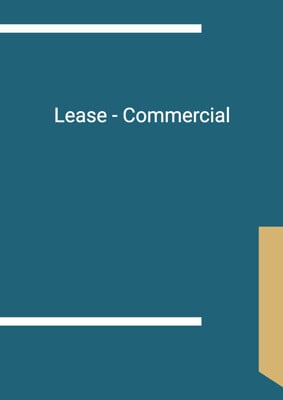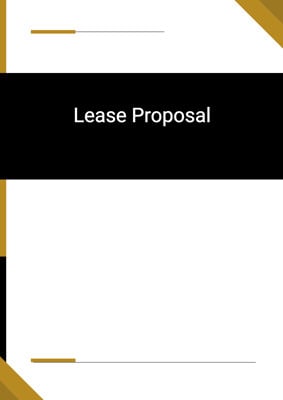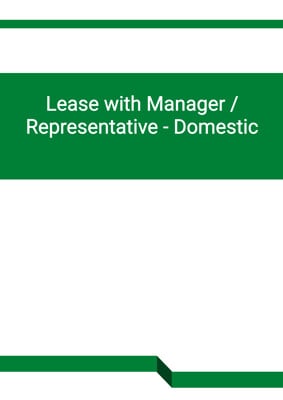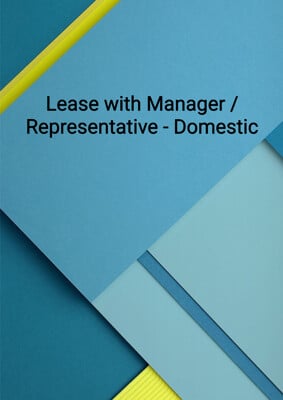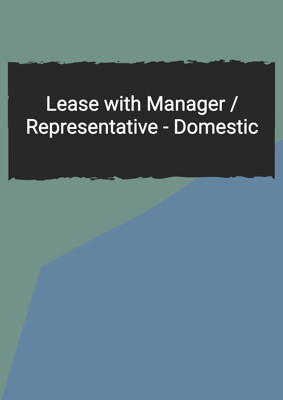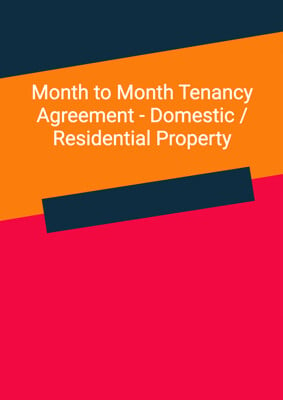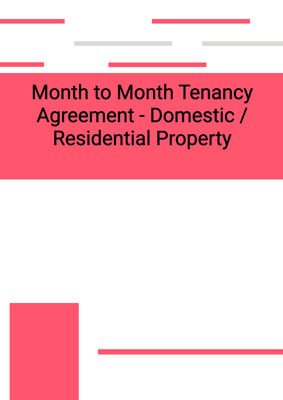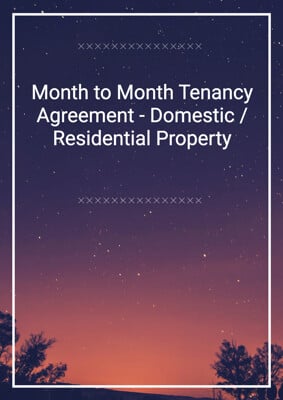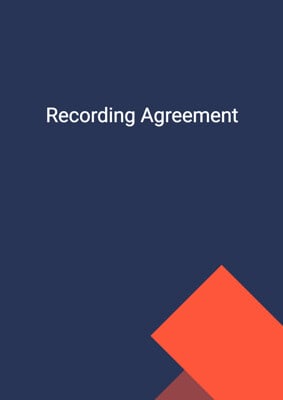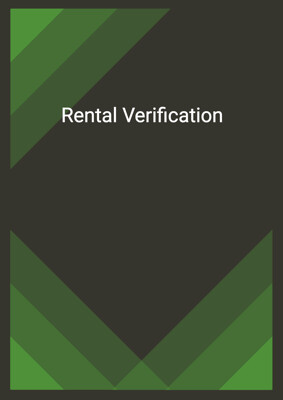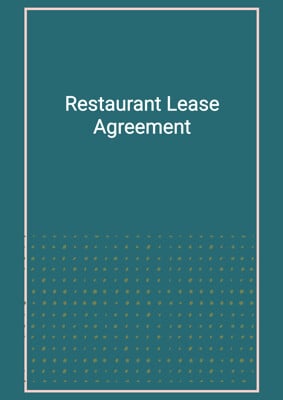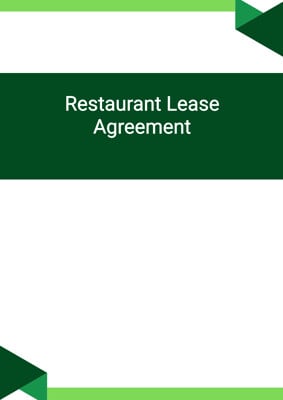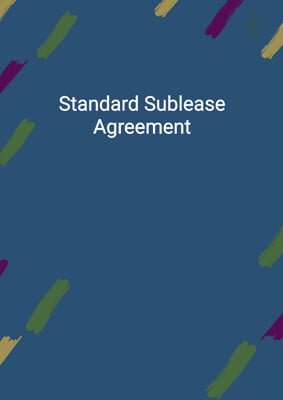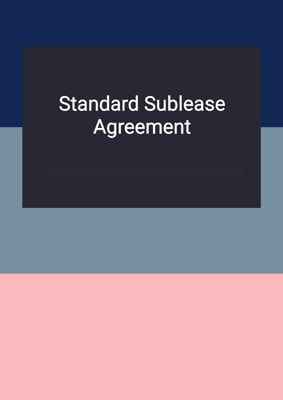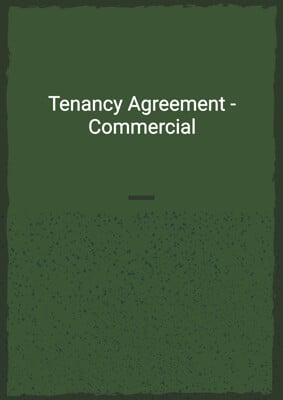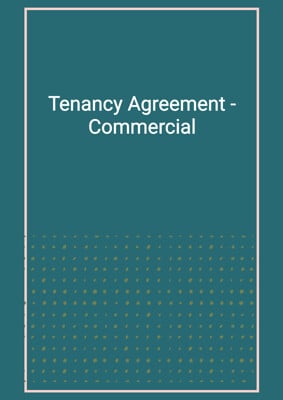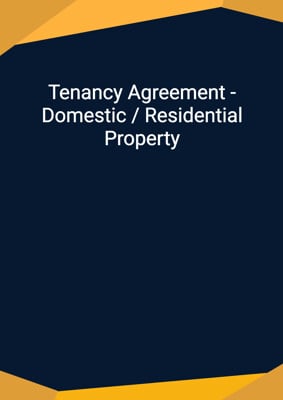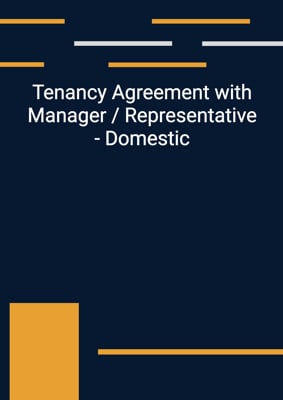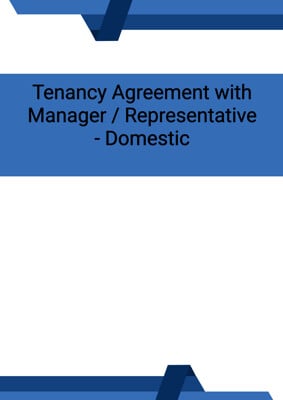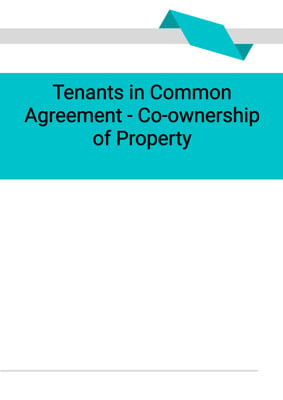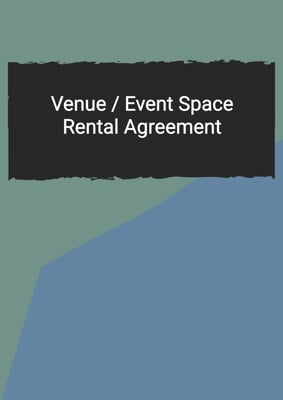How to Tailor the Document for Your Need?
01
Create Document
Fill in the details of the parties. You can click the "Fill with Member’s Information" button to complete it with information saved to your account.
02
Fill Information
Please fill in any additional information by following the step-by-step guide on the left hand side of the preview document and click the "Next" button.
03
Get Document
When you are done, click the "Get Document" button and you can download the document in Word or PDF format.
04
Review Document
The document should be signed by the authorised signatory (or directors of a company) and witnessed to complete the formality.
Document Preview
Document Description
This document is a commercial lease agreement that outlines the terms and conditions between the lessor and the lessee. The importance of this document lies in its ability to establish a legally binding agreement between the parties involved, ensuring that both parties are aware of their rights and responsibilities.
The entire document is divided into multiple sections, each serving a specific purpose. The first section, titled 'Lease', states that the lessor agrees to lease the premises to the lessee for commercial purposes. It also mentions the total area of the premises.
The second section, titled 'Term of Lease', specifies the duration of the lease agreement. It states that the lease is for a certain number of years, starting from a commencement date and ending on an end date. It also mentions the option for the lessee and the lessor to terminate the lease after a certain number of years. Additionally, it discusses the lessee's right to renew the lease and the process for doing so.
The third section, titled 'Rent', outlines the payment terms for the lessee. It states that the rent is payable on a period basis and includes any fixtures, fittings, and equipment listed in the schedule. It also mentions the lessee's responsibility to pay for water, electricity, gas, telephone, and other outgoings not included in the rental amount.
The fourth section, titled 'Deposit', discusses the security deposit that the lessee is required to pay. It states the amount of the deposit and the conditions under which it may be retained by the lessor. It also mentions the lessor's obligation to return the deposit to the lessee at the end of the lease, provided that all outgoing charges have been paid.
The fifth section, titled 'Other Charges', outlines the lessee's responsibility to pay for any additional charges related to the premises, such as management fees, government rates and rent, and property tax. It also mentions the lessor's responsibility to maintain the premises and its facilities.
The sixth section, titled 'Lessor's Responsibilities', further elaborates on the lessor's obligations. It includes responsibilities such as ensuring the legality of the premises, maintaining the premises and its facilities, and providing utilities and services. It also mentions the lessor's responsibility to pay taxes and legal costs related to the premises.
The seventh section, titled 'Lessee's Responsibilities', outlines the lessee's obligations. It includes responsibilities such as paying rent and other charges, maintaining the interior of the premises, and complying with laws and regulations. It also mentions the lessee's responsibility to permit the lessor or authorized representatives to enter the premises for repairs.
The eighth section, titled 'Termination and Renewal', discusses the conditions under which the lease can be terminated or renewed. It mentions the consequences of non-payment or breach of the lease by either party. It also mentions the lessee's right to renew the lease and the process for doing so.
The ninth section, titled 'Premises Unfit for Occupation', addresses the situation where the premises become unfit for use or occupation. It states that the rent and other charges will cease to be payable until the premises are rendered accessible again.
The tenth section, titled 'Miscellaneous', includes various provisions such as the entire agreement clause, severability clause, waiver clause, and notice and service provisions. It also mentions the security deposit, stamp duty, and the rights of third parties.
The document concludes with a notary acknowledgement, where both parties acknowledge that they have executed the lease agreement.
Each section of the document serves a specific purpose and provides detailed information about the rights and responsibilities of both the lessor and the lessee. By clearly outlining these terms and conditions, this document ensures that both parties are aware of their obligations and can avoid any potential disputes or misunderstandings.
How to use this document?
1. Enter the necessary information: Fill in the names and addresses of the lessor and lessee in the agreement, along with their principal place of business. This will ensure that both parties are clearly identified.
2. Specify the lease details: Clearly state the address of the premises and the total area. Also, mention any fixtures, fittings, and equipment included in the lease. This will provide a clear description of the leased property.
3. Define the term of the lease: Specify the duration of the lease agreement, including the start and end dates. If there is an option to terminate the lease after a certain number of years, provide the necessary details. This will establish the timeline for the lease.
4. Discuss the rent payment: Clearly state the rent amount and the frequency of payment. Also, mention any additional charges not included in the rental amount, such as water, electricity, and gas. This will ensure that both parties are aware of the financial obligations.
5. Address the security deposit: Specify the amount of the security deposit and the conditions under which it may be retained by the lessor. Also, mention the lessor's obligation to return the deposit at the end of the lease, provided that all outgoing charges have been paid. This will protect the interests of both parties.
6. Outline other charges: Clearly state the lessee's responsibility to pay for any additional charges related to the premises, such as management fees, government rates and rent, and property tax. Also, mention the lessor's responsibility to maintain the premises and its facilities. This will ensure transparency regarding financial obligations.
7. Clarify lessor's responsibilities: Describe the lessor's responsibilities, such as ensuring the legality of the premises, maintaining the premises and its facilities, and providing utilities and services. This will establish the lessor's obligations.
8. Specify lessee's responsibilities: Outline the lessee's obligations, including paying rent and other charges, maintaining the interior of the premises, and complying with laws and regulations. Also, mention the lessee's responsibility to permit the lessor or authorized representatives to enter the premises for repairs. This will establish the lessee's obligations.
9. Discuss termination and renewal: Explain the conditions under which the lease can be terminated or renewed. Mention the consequences of non-payment or breach of the lease by either party. Also, provide the process for renewing the lease, if applicable. This will clarify the options available to both parties.
10. Address premises unfit for occupation: Describe the procedure to be followed if the premises become unfit for use or occupation. Explain the rent and charge implications during such periods. This will provide guidance in case of unforeseen circumstances.
11. Review miscellaneous provisions: Ensure that all miscellaneous provisions, such as the entire agreement clause, severability clause, waiver clause, and notice and service provisions, are reviewed and understood. This will help both parties understand their rights and obligations.
12. Seek legal advice if needed: If there are any complex legal issues or if either party is unsure about any aspect of the lease agreement, it is advisable to seek legal advice. This will ensure that both parties fully understand the terms and conditions of the lease agreement and can make informed decisions.
13. Sign and retain copies: Once both parties have reviewed and agreed to the terms of the lease agreement, sign the document and retain copies for future reference. This will serve as evidence of the agreement between the lessor and the lessee.
Not the right document?
Don’t worry, we have thousands of documents for you to choose from:

